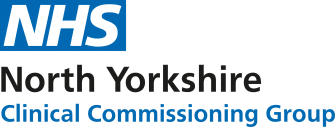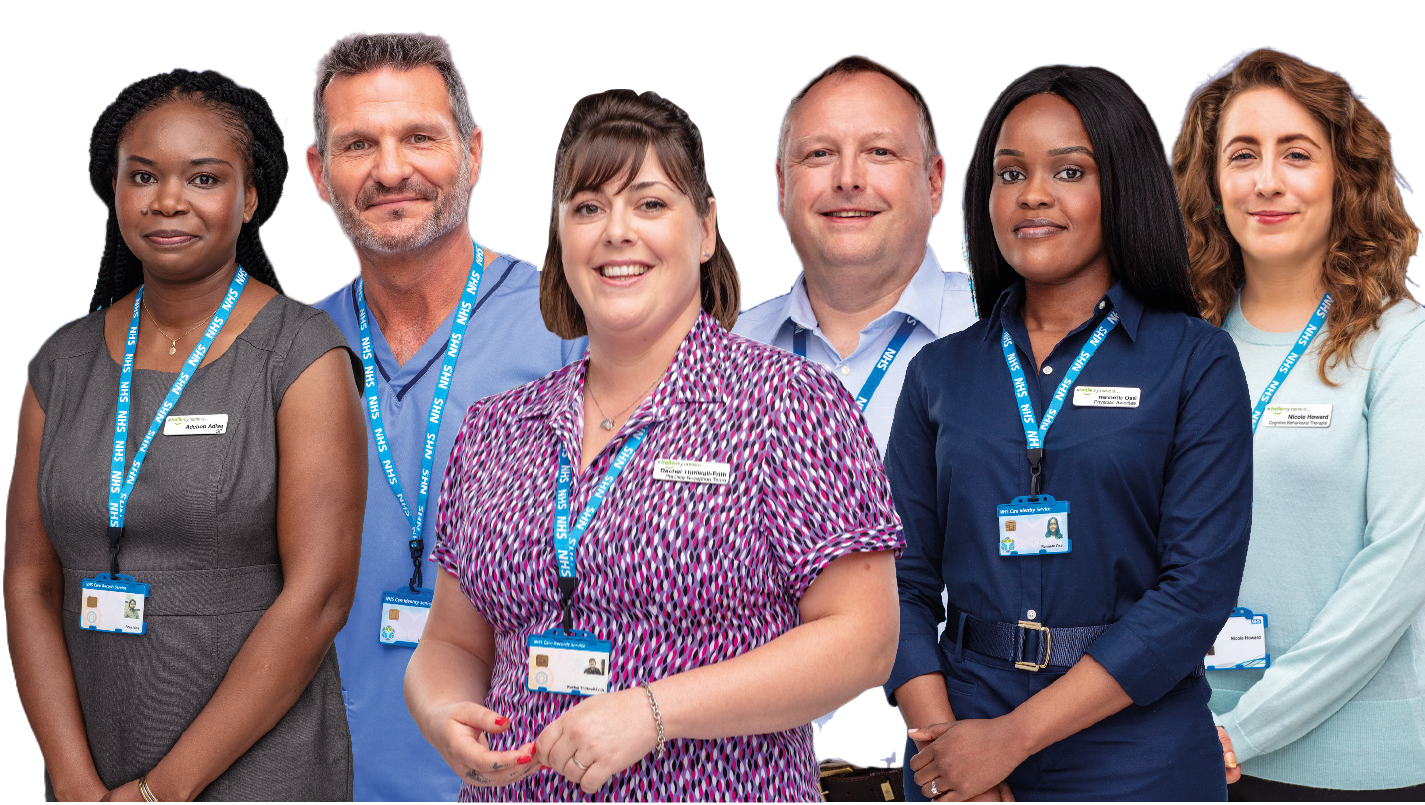Hyper-acute stroke services in North Yorkshire
Background
Stroke patients should have access to the best possible treatment and care.
A lot of progress has been made across the UK in recent years to make sure that happens, including reorganising hospital stroke services.
Some of the original evidence for better clinical outcomes emerged from London, Greater Manchester and Northumbria where significant improvements were made to stroke care as a result of reorganisation, saving lives and preventing disability.
In Greater Manchester and London, where reorganisation first happened, patients now spend less time in hospital and are less likely to die as a result of their stroke.
Early evaluation of reconfiguration in Northumbria showed patients received care faster following centralisation of the services.
Reorganising stroke services usually involves concentrating services onto fewer sites with Hyper Acute Stroke Units (HASUs) – large centres of excellence operating around the clock with the best equipment and clinicians under one roof
This may mean changes to smaller stroke units to focus more on treatment and rehabilitation for patients after the first 72 hours of care.
There have been concerns about smaller stroke units closing or changing purpose to move to a HASU model, but research by the Stroke Association has shown that stroke survivors and their carers have positive experiences of care at HASUs, and believe getting the best care outweighed the potential inconvenience of having to travel further.
Stroke pathway: direct transfer model
The model for transferring patients straight to HASUs is delivered in conjunction with the ambulance service. Under this model (where stroke care is centralised), when paramedics attend a 999 call where stroke is suspected, rather than attending the nearest emergency hospital department, the patient will be taken directly to the most appropriate hyper acute stroke unit. The most appropriate unit will be determined by the location of the patient and the traffic conditions at the time of transfer.
Understandably, some people have expressed concern about how this works for people in rural areas and how increased transport times might impact timely access to care. However, the Stroke Association, in their document What we think about: Reorganising acute stroke services said:-
"If you have a stroke, you have a better chance of survival and making a fuller recovery if you are treated in the right way by the right people using the right equipment quickly in a larger specialist stroke unit. That is more likely in a reorganised service, even if the stroke unit you are treated in is located a bit further away than your local hospital. It is important to note that in many cases, you can be treated quicker after travelling for a longer period of time as HASUs are set up for rapid diagnosis and stroke treatment. You are also more likely to be able to get access to the best available treatment."
For more answers to frequently asked questions about stroke reorganisation, click here.
How the direct transfer model works in North Yorkshire
In North Yorkshire, stroke care has now been reorganised across all localities with HASUs located at Middlesbrough's James Cook Hospital, York Hospital, Leeds General Infirmary and Hull Royal Infirmary, with an expectation that this will deliver high quality stroke care, in line with national clinical best practice for all of our patients.
Scarborough stroke patients: what has changed and why?
Evidence emerged as to the benefits of centralisation of the first part of the Stroke pathway – the Hyper-Acute care – and the benefits of this being conducted in larger centres.
London, for example, went from 30 to eight centres receiving acute strokes and saw a significant improvement in mortality (see Morris 2014, Hunter 2013). Guidance inferred that Hyper Acute Stroke Units (HASUs) should see a minimum of 600 patients per year to provide the appropriate level of workforce expertise and critical mass of resources.
Following the national direction on HASU centralisation and staffing problems at Scarborough Hospital, in 2015 the NHS introduced a new pathway for hyper-acute care.
In this model, patients continued to access their initial assessment and scan at Scarborough. All patients who would benefit from hyper-acute stroke care were then transferred to the HASU in York.
Those needing thrombolysis could have treatment started in Scarborough, before transfer to the HASU in York.
The model was referred to as ‘drip and ship’. The patient pathway was safe and avoided adding further pressure to the flow through the York Emergency Department. However, patients would not access full HASU care until they had been transferred to the unit in York.
Before the 2015 changes the Scarborough service admitted approximately 300 stroke patients per year. It seems unlikely that if a unit was re-established in Scarborough it would come close to the minimum number of 600 cases, recommended in the clinical guidance.
Furthermore, recent national NHS guidance on staffing levels for acute care services (as demonstrated by the Getting It Right First Time programme) would be for acute units to have rotas of at least five consultants wherever possible. This was never achieved in the Scarborough service before 2015.
The continued provision of specialist nursing staff in Scarborough remained fragile after 2015, as was the continued provision of stroke medical support to the Scarborough site. This came to a point of unsustainability in late 2019 and the decision was taken to move to a model where the patient was directly conveyed to the most appropriate HASU.
This model is the nationally recognised pathway for stroke care and the same model that has been previously implemented in Northallerton, Harrogate, Airedale, South Yorkshire, and other centres across the UK.
Local clinicians fully supported the change.
The Stroke Network commissioned a review of Hyper Acute Stroke Care, undertaken between December 2020 and March 2021. This was conducted by the national Stroke Lead, Deb Lowe, and the Yorkshire and Humber stroke lead, Graham Venables. They were very supportive of the new model delivered for Scarborough patients and did not recommend re-establishing any form of HASU care in Scarborough. They concluded:
"Having seen the benefits to patients of direct admission to York we feel able to reassure members of the public, commissioners and regional officers that the service is safe, efficient and able to deliver better outcomes than the previous ‘drip and ship’ model and would commend the new service to the Joint OSC."
A review of the temporary service was presented to North Yorkshire Council Council's Scrutiny of Health Committee in June 2021. This demonstrated that for a number of key measures, Scarborough patients are receiving better care through the direct admission model than the previous ‘drip and ship’ model. Of particular relevance was the much quicker time for patients arriving at a HASU, where they can have full access to specialist care.
The North Yorkshire Scrutiny Committee stated they felt the direct admission model should be adopted and that there was no reasonable alternative model of care for Scarborough patients. Despite the longer journey times for many patients, the model in place now will support better clinical outcomes for patients and moving hyper-acute care back to Scarborough would potentially expose patients to additional risk, and go against national guidance and the recommendation of local and national stroke specialists.
Bypassing Scarborough Hospital and taking suspected stroke patients directly to the most appropriate Hyper Acute Stroke Unit with the support of Yorkshire Ambulance Service has dramatically reduced the time taken for patients to access a stroke unit, and time to scan and thrombolysis are largely unchanged.
The hyper-acute phase typical lasts 48-72 hours. After this, some patients may go home for home-based rehabilitation. Where patients require ongoing inpatient care they will be repatriated to either Scarborough or Bridlington Hospitals.
There have been no significant clinical concerns reported, and the service received an “A” rating as part of the SSNAP national audit of Stroke standards for the period July to September 2020. Typically the previous stroke unit at Scarborough Hospital was rated at a “D” or an “E” for this audit.
The direct transfer model is considered to be the best way to achieve high-quality clinical outcomes for patients needing hyper acute stroke care. The CCG acknowledges that concerns exist regarding travel times for patients going to the HASU centres. However, it is likely that trying to maintain some form of assess and diagnosis service in Scarborough will delay the start of modern HASU care and for the large majority of patients the best approach for their care is to go direct to a fully configured HASU supported by a sustainable rota of clinical experts.
The Yorkshire Ambulance Service view
The previous model of ‘drip and ship’ relied on the initial transfer to Scarborough General Hospital and then a secondary transfer to a Hyper Acute Stroke Unit (HASU). The new model is supported by Yorkshire Ambulance Service (YAS) as it enables patients to access specialist stroke care more quickly than under the previous model. This is evidenced to improve clinical outcomes and is safer than providing thrombolysis with subsequent transfers, as it mitigates the risk of side effects developing during transit. It also removes the requirement for secondary transfers, minimising the impact on YAS resources.
Following implementation of the new model, a total of 16 conveyances (data from April 2020 to March 2021) were made for patients requiring specialist stroke care from the Scarborough area directly to the HASU at York District Hospital. The impact on the ambulance service has therefore been minimal.
YAS supports the new service model and has been involved and engaged in discussions regarding the reconfiguration of stroke services across the Integrated Care System (ICS).
Watch ...
North Yorkshire County Council Scrutiny of Health Committee: 18 June 2021 (13:17-1:01:30)
Click here to access the agenda and papers for this meeting.


